Bringing Kids to School
Whether across desert sands or mountain snows, whether in daylight or darkness, parents all over the world do whatever it takes to get their kids safely to school and back.
(Cover photo: Graham van de Ruit)
Taking children to school is a normal part of everyday life for millions of people, yet the details of this routine vary widely according to location, weather, public transportation options and local traditions. We sent four photographers to four different locations to document the way parents take their kids to school.
The Hague, the Netherlands
Photos by Bruno van den Elshout
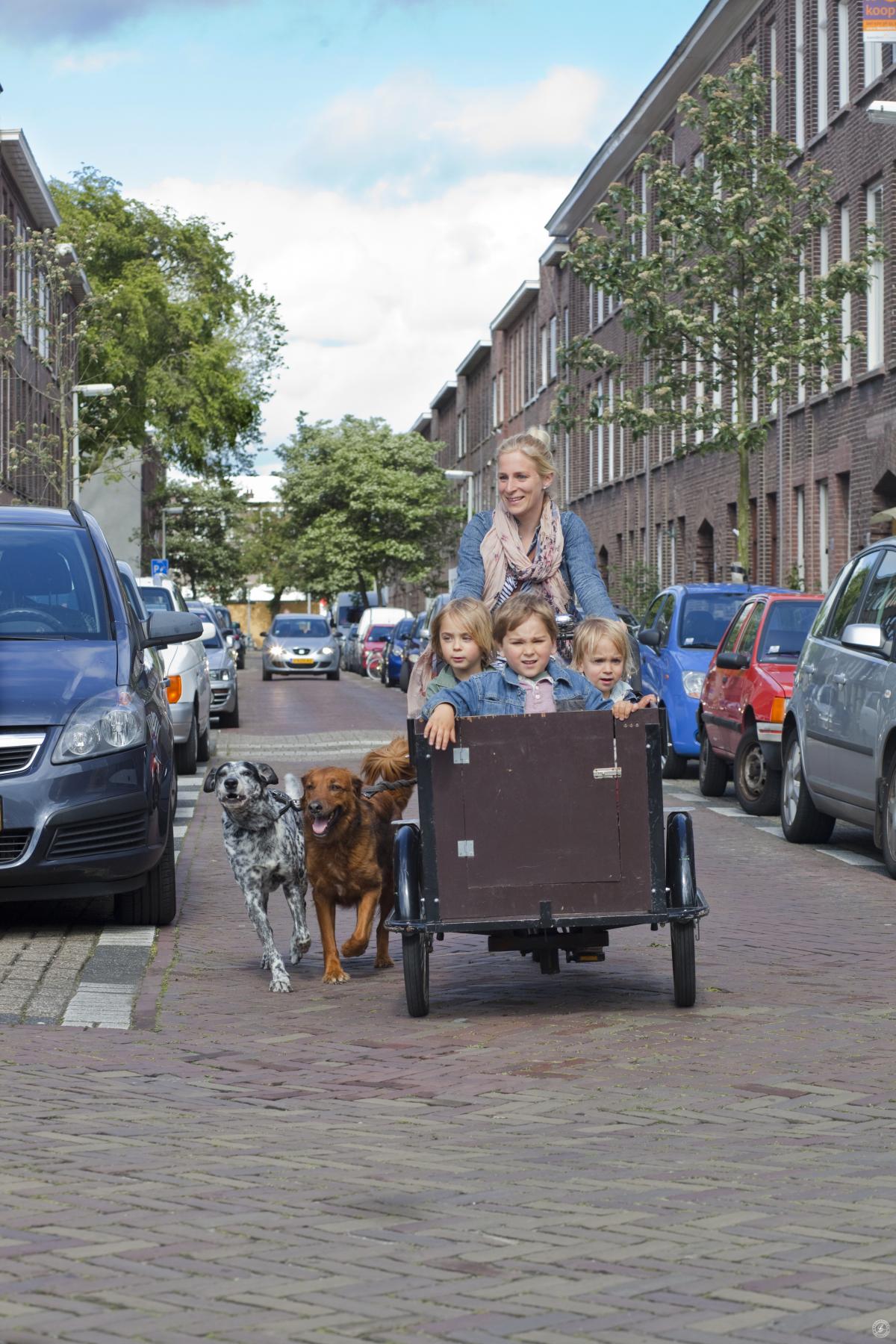
Merijn (4), Finn (5) and Thijme (2) are taken to school by their father in the morning. While he takes the car, their mother Saskia (32) brings them back by bakfiets, a common Dutch freight tricycle, usually while ‘walking’ her dogs Sem (9) and Noa (8). It takes her 25 minutes to make it to school, a 4.5km (2.8mi) ride. During bad weather, they put a roof over the cabin to keep the kids dry. Saskia herself puts on a raincoat, while the dogs simply get wet.
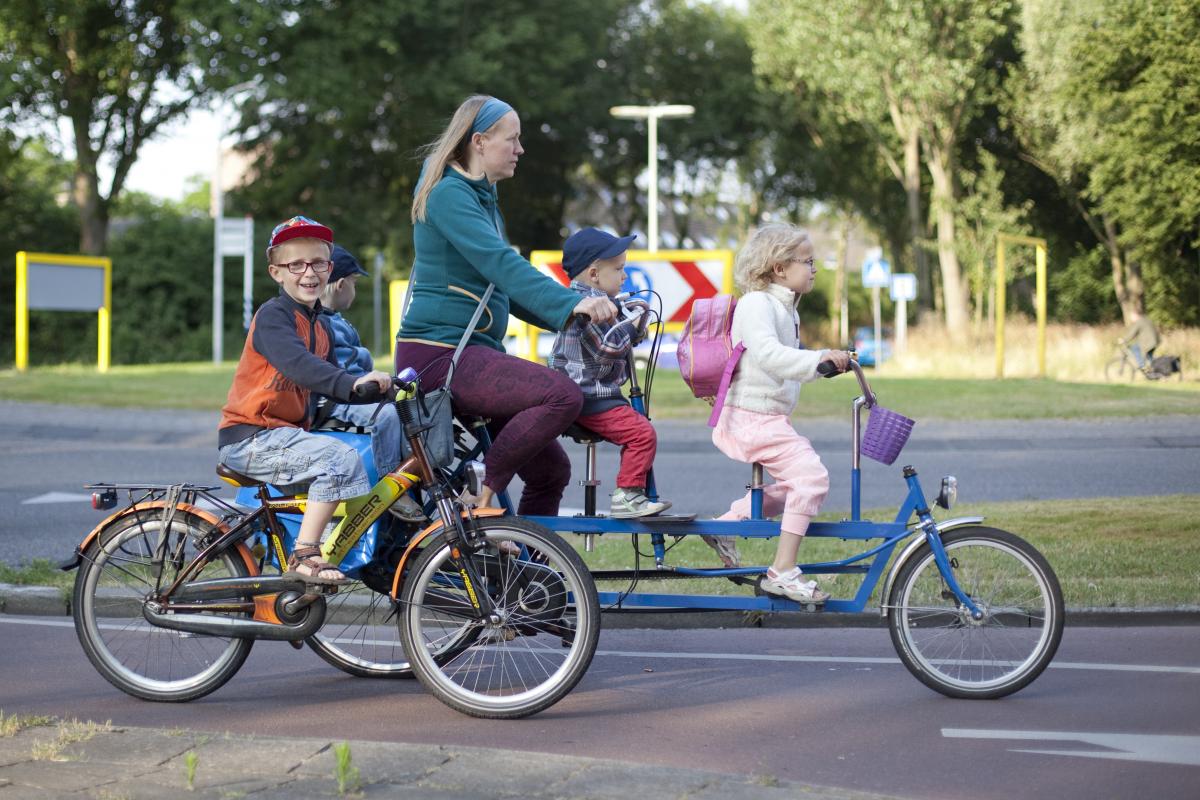
Barbara (41) and her children Pepijn (7), Elias (3), Ruben (3) and Mira (5) live 1.9km (1.2mi) or 15 minutes by bike from their school. She takes them there and back twice a week by Onderwater Family Tandem bike, a sturdy design by Ronald Onderwater that allows children to enjoy the cycling experience while the adult controls the bike. This XL model in the photo seats one adult and three children. Bad weather won’t stop Barbara from cycling, although her husband occasionally takes the kids to school by car.
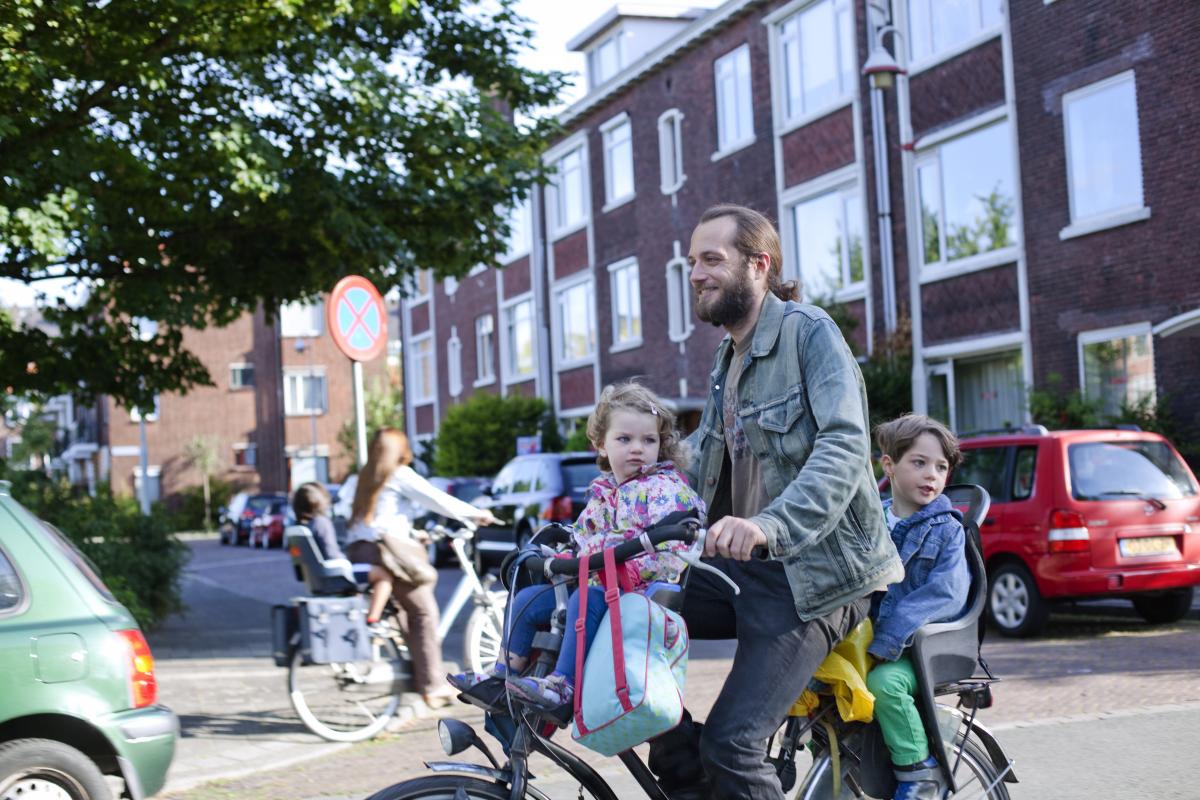
Elmar (32) is on duty to bring his kids Sophia (2) and Raphael (5) to school three to four days a week. On the remaining days, they are taken to school by his wife or by the neighbour, whose children attend the same school. Distance: 3.5km (2.2mi), taking 20 minutes. When the weather is bad, he and the kids wear rain suits. ‘I can’t remember any weather conditions that were so bad that we couldn’t make it to school by bike.’
You seem to enjoy a good story
Sign up to our infrequent mailing to get more stories directly to your mailbox.Tromsø, Norway
Photos by Alice Polenghi and Kristina Schröder
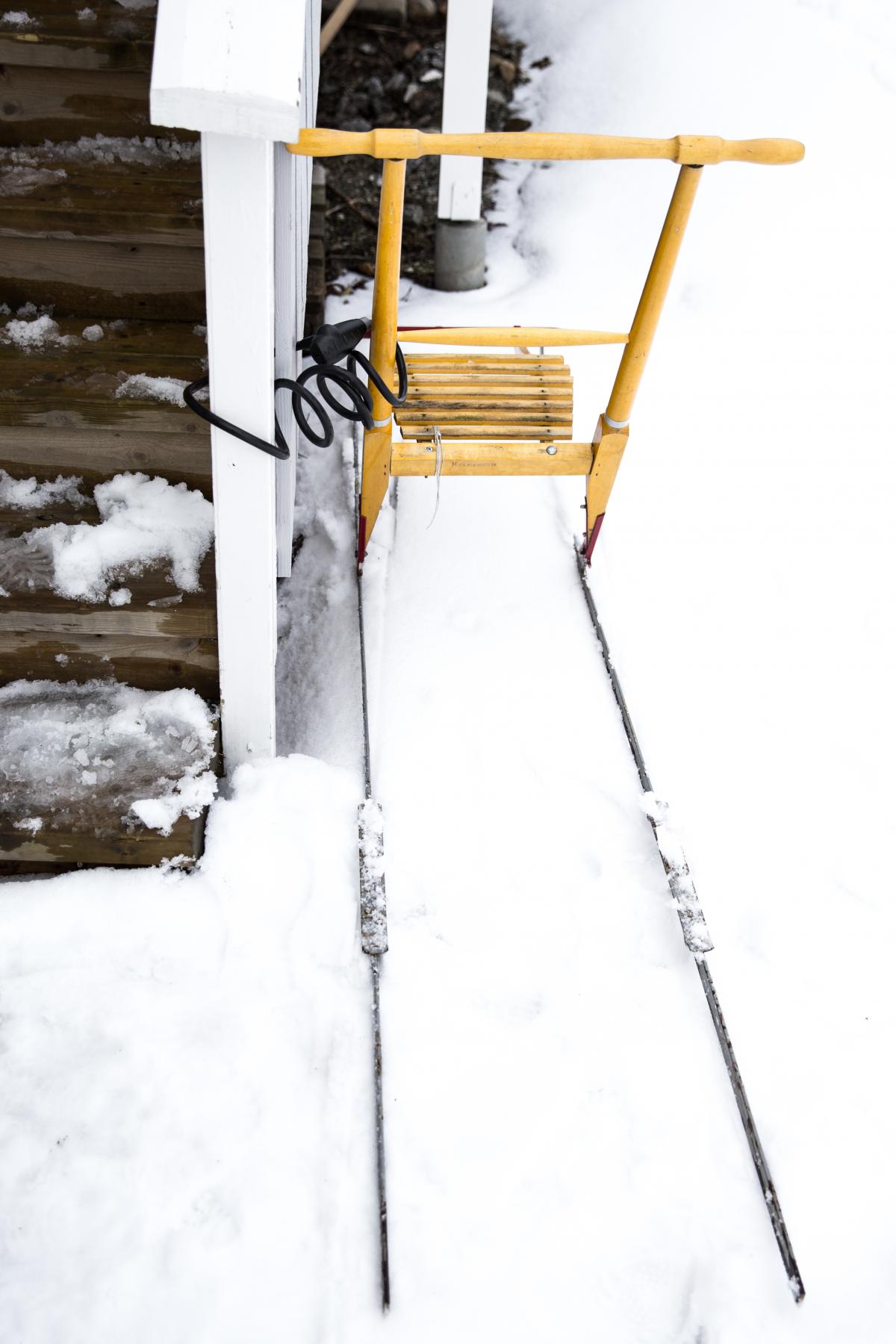
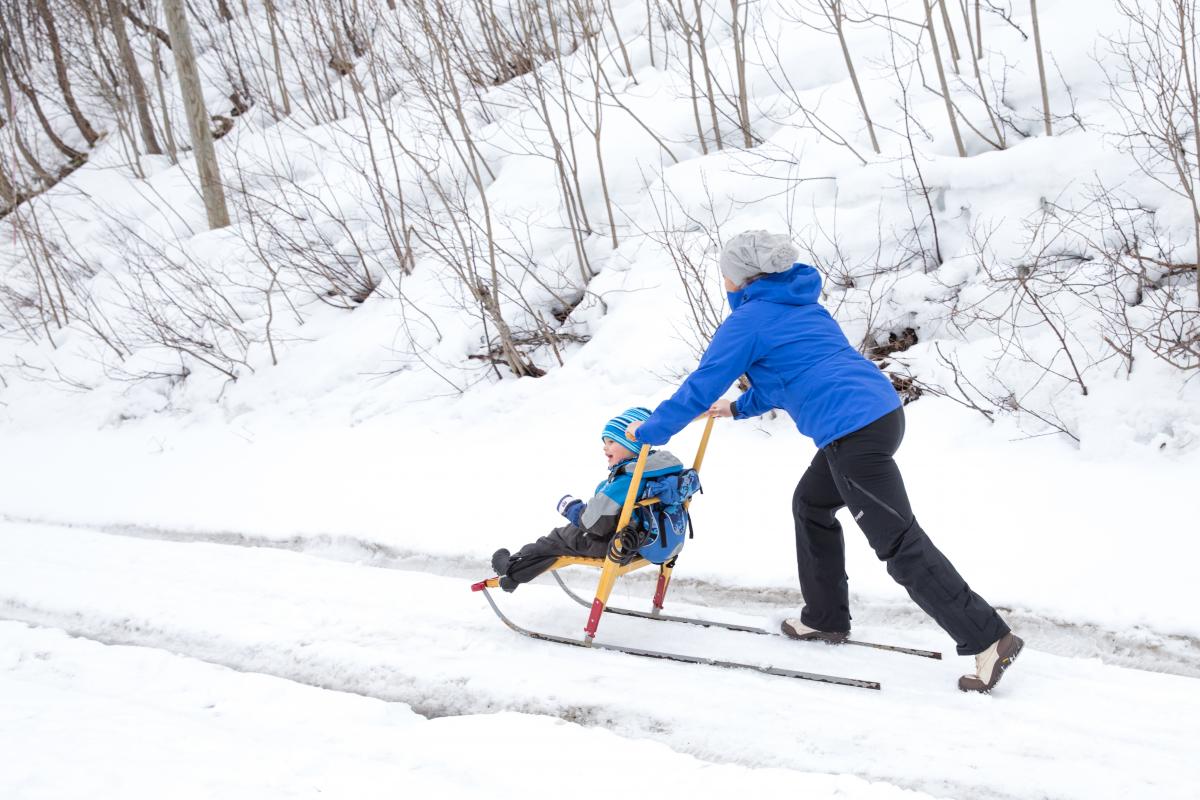
Between October and April, Tromsø, the second-largest town in the Arctic, is covered by snow. The snow makes it difficult for cars and two-wheelers, but there is a benefit too—kids can use a spark, a small sledge consisting of a chair mounted on a pair of flexible metal runners. The spark or the kicksled is in common use in Nordic countries, where roads are not sanded or salted. Tatiana (37) and her son Henrik (3) use a spark for the short commute to the kindergarten, and more often during the weekends for a fun ride. In rural areas of Norway, the spark is a typical way to traverse even longer distances. Just like other vehicles, sparks have their special parking places, indicated by road signs.
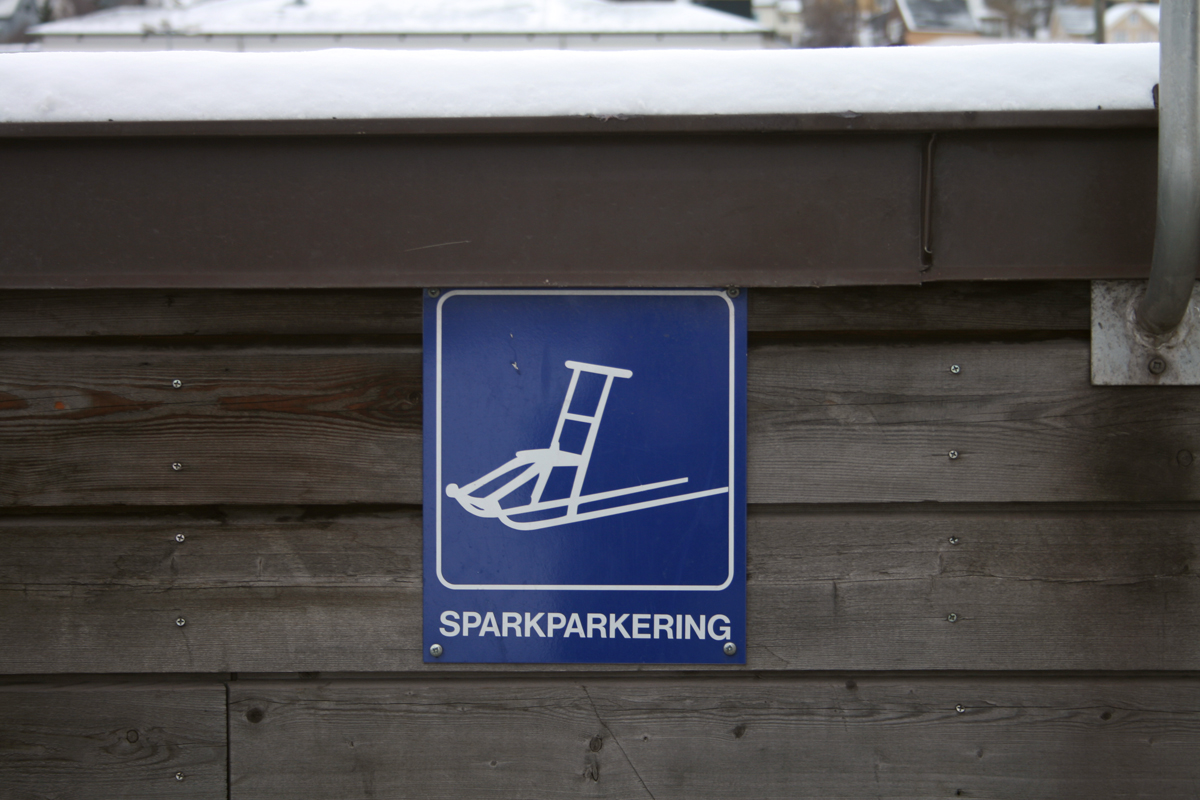
20km north of Harare, Zimbabwe
Photos by Graham van de Ruit
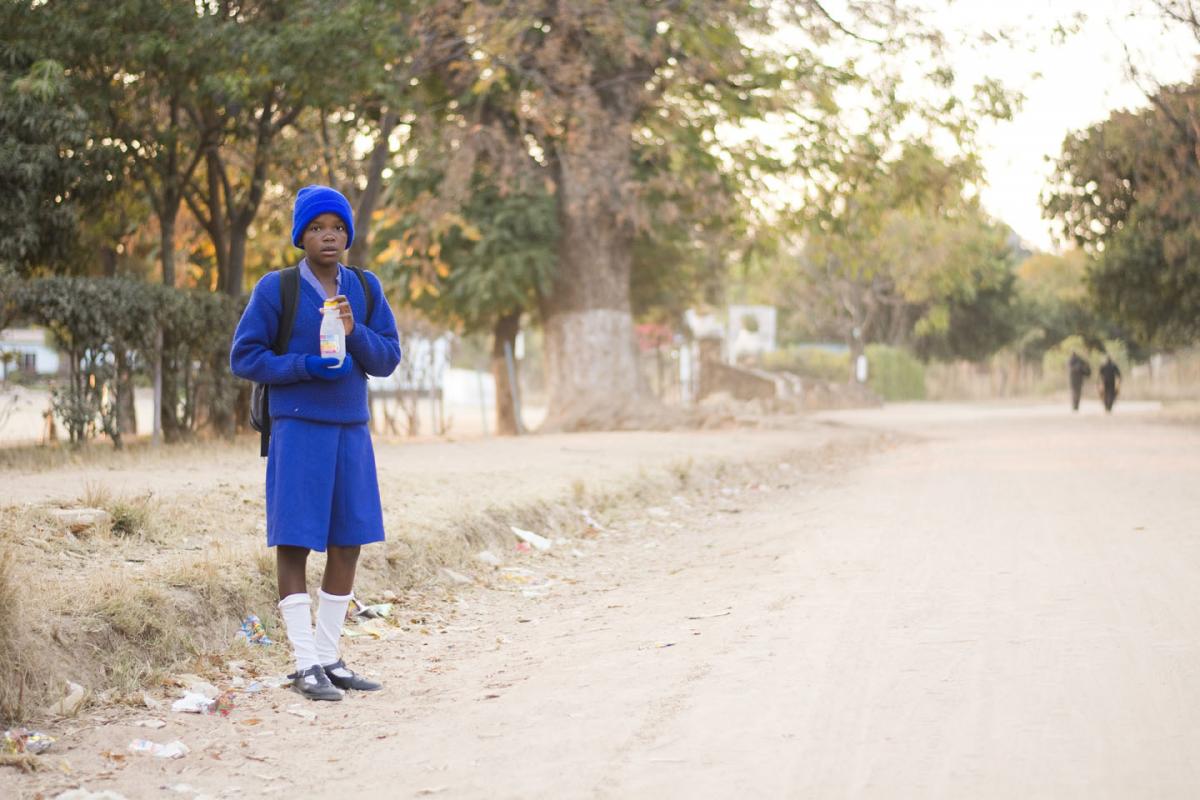
Rural Zimbabwe lacks comprehensive paved road infrastructure. The inadequate transport options combined with relatively high transportation costs result in a large section of the population having to walk siginificant distances. Ashley Munamati (12) wakes up at 4AM every day and walks about 3km (1.9mi) on a gravel road to school.
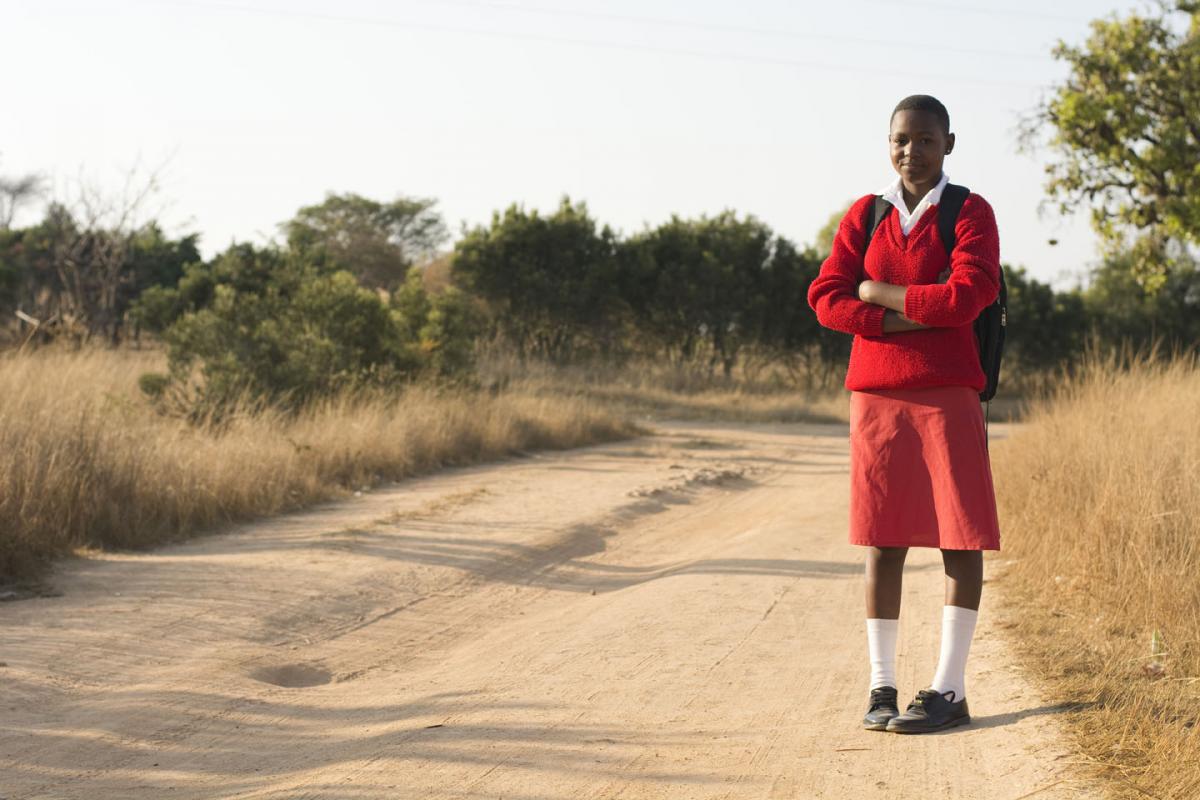
Rutendo Mandaza (15) on her 2km (1.2mi) walk to the main road to catch a minibus (kombi) for the last 3km (1.9mi) to school.
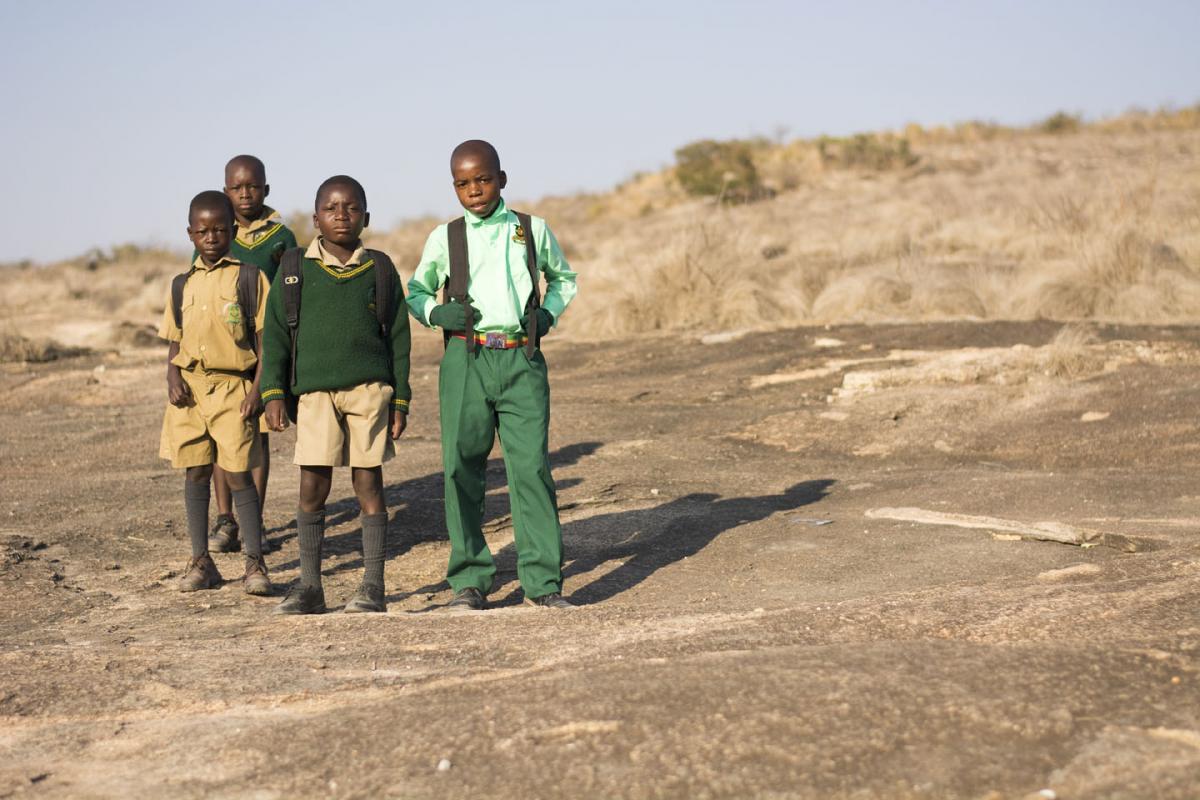
(L−R) Wayne Rufazi (8), James Chitunhu (11), Munashe Kadunha (8) and Denis Satsvai (12) join up for the 3km (1.9mi) walk to Chogugudza Primary School. Their journey takes them over a small granite hill.
Mondrai, Andhra Pradesh, India
Photos by Harsha Vadlamani
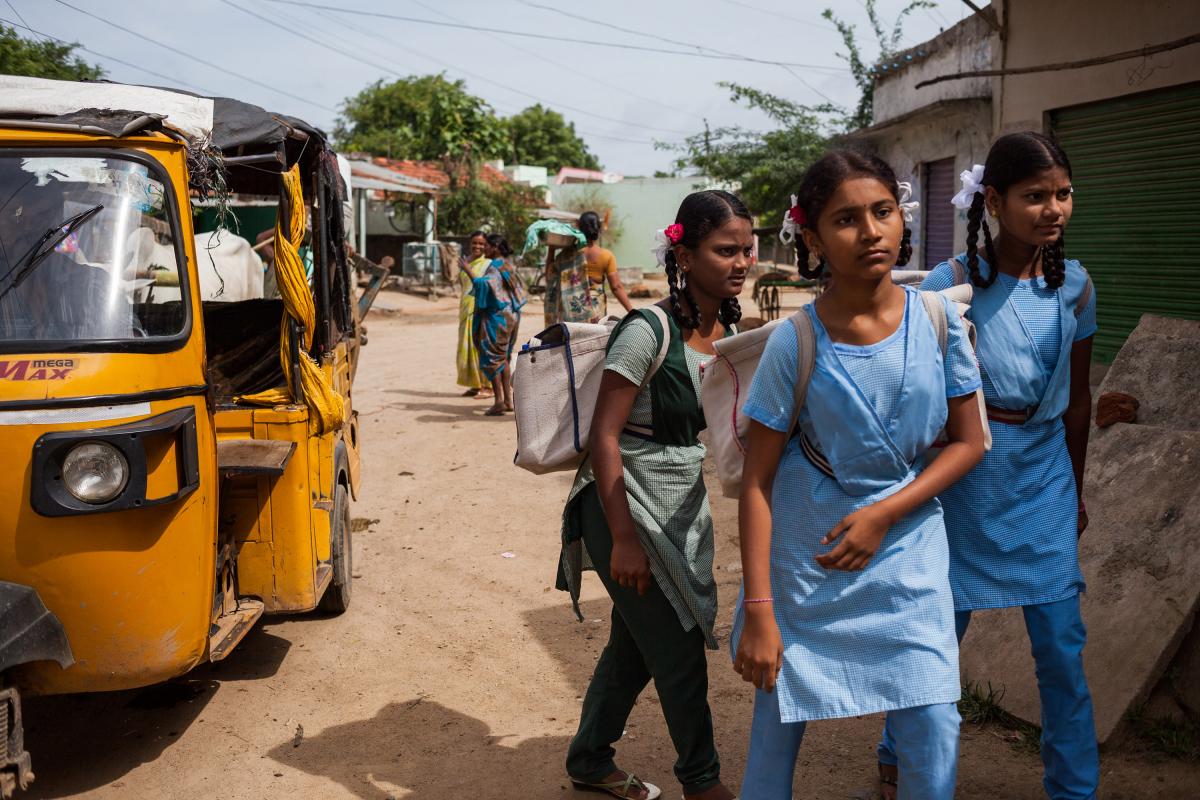
(L–R) Theeti Akhila (13), Salemtra Pranaya (13) and Theeti Meghana (12) get out of the rickshaw at Mondrai and head towards school.
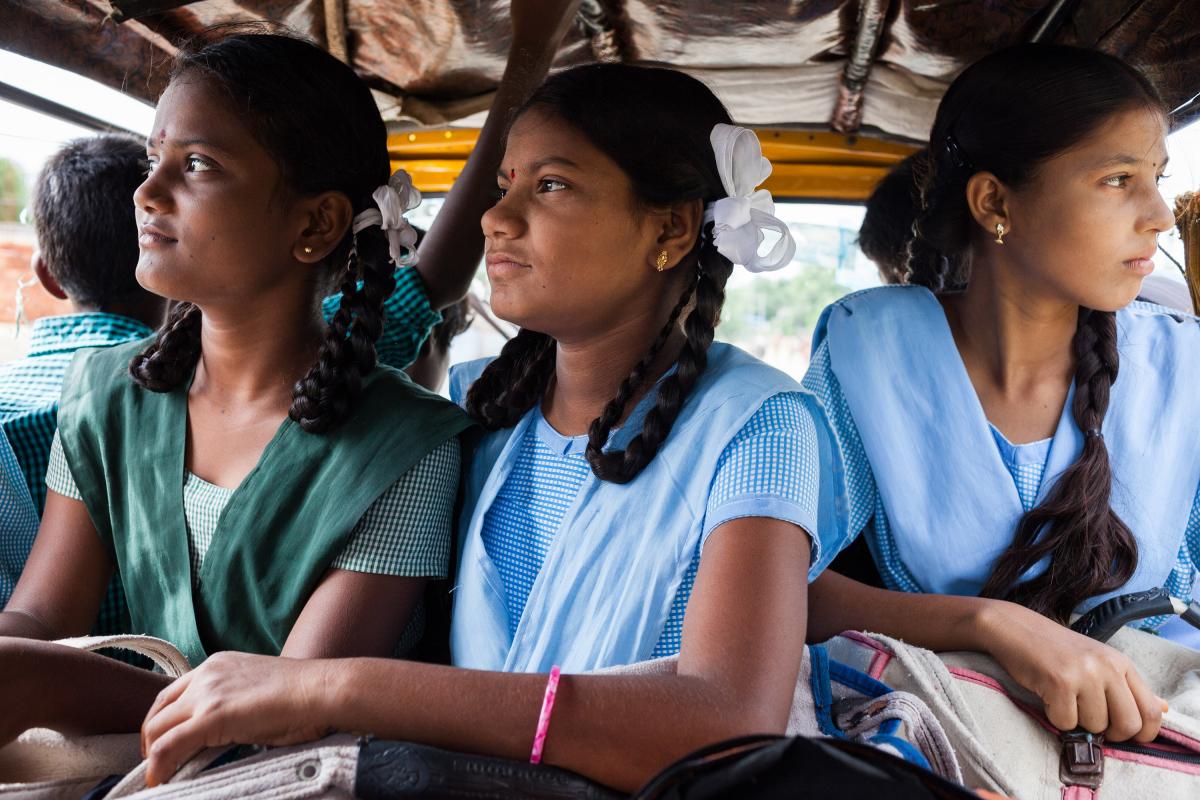
Rickshaws are one of the most common means of transportation in India, and commuting to schools is no exception. (L–R) Theeti Akhila (13), Theeti Meghana (12) and Banoth Kavitha (13) travel to their school in Mondrai in the Warangal district of Telangana, India in a shared seven-seater motorcycle rickshaw. The distance from Ballariguda, their village, to Mondrai is about 3km, for which the driver normally charges about ten Rupees. For the kids, however, he only charges two.

